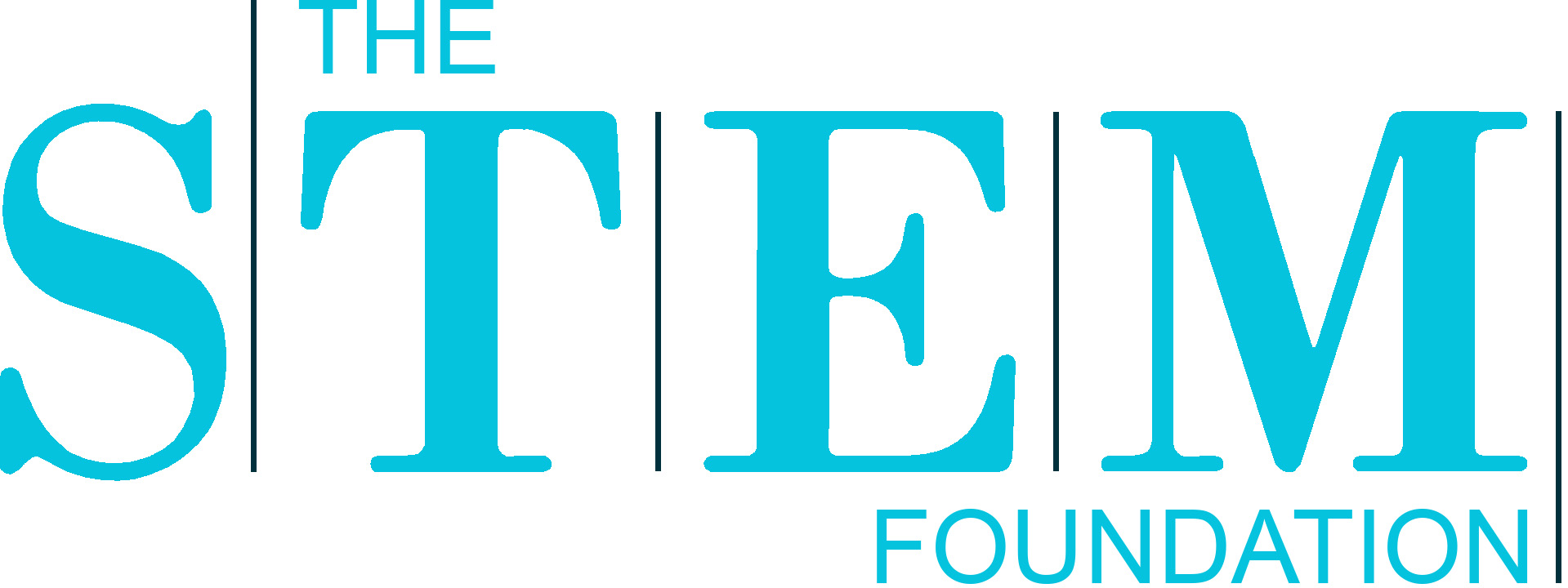Fewer than half of the region’s students are estimated to be on track to earn the type of post-secondary credential forecast to be required by 2030 for the large majority of the state’s family-wage careers.
The STEM Skill Gap is Real
Washington state ranks second nationally in the concentration of STEM workers and third in STEM job growth (2020 data). Most of these jobs require some type of post-high school training or education. This places a premium on jobseekers with STEM skills.
The Mid-Columbia economy is no different. From Hanford Site cleanup to Pacific Northwest National Laboratory research, from agribusiness and healthcare to manufacturing and food processing, the availability of a STEM-skilled workforce is critical to maintaining the region’s economic vibrancy.
Yet, fewer than half of the region’s students are estimated to be on track to earn the type of post-secondary credential – a four-year college degree, an apprenticeship, certification, or two-year technical degree – forecast to be required by 2030 for the large majority of the state’s family-wage careers.
The STEM Skill Gap is Real
Washington state ranks second nationally in the concentration of STEM workers and third in STEM job growth (2020 data). Most of these jobs require some type of post-high school training or education. This places a premium on jobseekers with STEM skills.
The Mid-Columbia economy is no different. From Hanford Site cleanup to Pacific Northwest National Laboratory research, from agribusiness and healthcare to manufacturing and food processing, the availability of a STEM-skilled workforce is critical to maintaining the region’s economic vibrancy.
Yet, fewer than half of the region’s students are estimated to be on track to earn the type of post-secondary credential – a four-year college degree, an apprenticeship, certification, or two-year technical degree – forecast to be required by 2030 for the large majority of the state’s family-wage careers.
STEM by the Numbers
Washington STEM is a statewide, education nonprofit leveraging STEM for social change, removing barriers to credential attainment, and creating pathways to long-term economic security for systemically underserved students. The STEM Foundation functions as one of Washington STEM’s 11 regional networks. To learn more, click here.
Washington STEM’s annual STEM by the Numbers reports shows how our area is supporting students, especially students of color, students living in poverty and/or rural backgrounds, and young women, to be on track to attain high-demand credentials.
View the Southeast (Mid-Columbia) regional STEM by the Numbers report here.
For citations and references on this report, click here.
Students may miss opportunities for high-potential careers in their own backyard. This especially applies to those historically underrepresented in STEM fields like students of color, girls and young women, low-income students, and students living in rural areas. An intentional focus on these populations furthest from opportunity is a major element of The STEM Foundation’s vision.
Employers face a shortage of local talent and fail to grow or are forced to recruit from elsewhere. According to June 2019 data, the region’s information and technology, education, healthcare, engineering, and construction industries combined have nearly 1,700 annual projected openings over the next five years. Locally, we anticipate what has been dubbed the silver tsunami: too many skilled STEM workers leaving the workforce with not enough trained replacements developed locally to fill these high-paying careers.
Closing the Gap is Important
Our Community Benefits
We won’t rest until all students graduate STEM-literate, no matter their career path. We support a view that STEM literacy is a foundational skill that matters for all careers. STEM builds critical thinking abilities, creativity, and collaboration skills. Gaining STEM proficiency provides the basis for these skills and builds the flexibility to adapt quickly to frequent changes in the labor market.
Our community has much to gain from being distinguished as a national leader in STEM literacy. Through our collective efforts, our schools, elementary through university, are becoming highly regarded as a national model for business and community involvement, and innovative STEM learning.
Talented young STEM professionals have cited our region’s proactive approach to STEM education as a key factor in their choice to relocate to the Tri-Cities. International business leaders have toured the region, Delta High and our higher-ed institutions, and made the same claim. Our region’s investments in STEM education are paying off.
Our community can only benefit from growing its own qualified workforce to staff existing businesses and help create future businesses.
